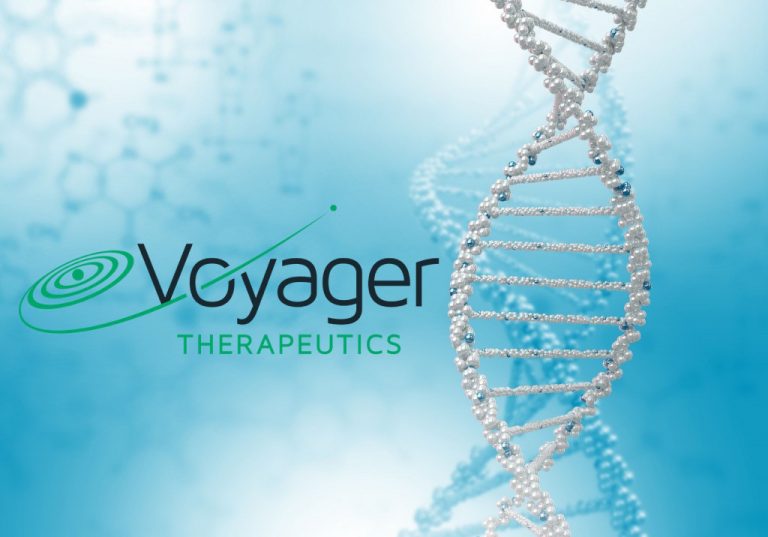
Voyager Therapeutics Inc (NASDAQ:VYGR) just updated markets as to the progress of its lead Parkinson’s trial, and set the final quarter of this year as the period to watch for insight. The drug’s mechanism of action is one of the most intriguing approaches to Parkinson’s treatment in development, and if the company can demonstrate efficacy, we could see some strong upside momentum in its valuation based on market potential. With this in mind, and ahead of the data release, here is a look at the drug in question, and a discussion of what to look out for when the data hits.
So, the drug. It’s a gene therapy candidate called VY-AADC01. It’s part of a wave of new drugs that use what’s called an adeno-associated virus (AAV) as a vector. The mechanism of action for this one is not overly complicated. In patients with Parkinson’s disease, the degeneration of dopamine producing neurons creates a dopamine deficiency. This is the root cause of the majority of the symptoms associated with the disease. Scientists believe that by introducing new dopamine (this method is the current standard of care in the space), or by stimulating the natural production of dopamine, Parkinson’s can be reversed. AAV vectors can deliver genetic material to a cell that doesn’t integrate with that cell’s native DNA. In this instance, the genetic material being delivered encodes dopa decarboxylase, which is an enzyme that converts levodopa into dopamine.
It’s not the first time this drug has been studied. Voyager generated safety and efficacy data in a small scale phase 1 back in 2012, as part of a partnership with Sanofi SA (ADR) (NYSE:SNY). The latter decided to discontinue its collaboration with Voyager in 2013, however, with no real explanation given as to why other than strategic differences. According to Voyager, the trial demonstrated VY-AADC01 to be safe and tolerable, while also offering up some indication of a reasonable level of efficacy. However, according to management, the dose given was too low and the drug was – to quote – not optimized. The latest trial, the one for which we should get top line before the end of the year, is a phase Ib, designed as an extension to the initial Sanofi-Voyager trial, with an optimized version of the drug used in the initial phase I trial.
So what are we looking for from the trial as indicative of efficacy?
It’s a four cohort dose escalation trial, designed to assess the safety and tolerability of an ascending dose administration of VY-AADC01. The first two cohorts received a single dose of the drug, containing 7.5 × 1011 vector genomes (vg) and 1.5 × 1012 vg, respectively. From these two cohorts, five patients advanced into a third cohort, and received dosing four times higher than cohort two. A fourth cohort, which has not yet dosed, will receive up to six times stronger dosing. Their primary endpoint is safety, but the secondary endpoint is a little more interesting. It is defined as coverage of the putamen. The putamen is a part of the brain that doesn’t have any specific specialized function (at least not that we know of), but is associated with motor function. Putamen coverage refers to the percentage portion of this part of the brain that is covered by VY-AADC01 post administration. Coverage is linked to efficacy, so the higher the percentage coverage the higher level of effectiveness for the treatment. We already have some data from the first and second cohorts, and these showed an average coverage of 21% and 38% respectively. As such, we are looking for an increase on this 38% for the third cohort, based on the higher concentration dosing. If we see this increase, it suggests increased efficacy in line with higher dosing, which is a great indicator going forward.
So, to sum up, Voyager is set to put out data from the third cohort of its phase Ib trial in Parkinson’s during the fourth quarter of 2016, and based on previous data, we’re looking for no severe adverse events as a primary endpoint hit, and average putamen coverage of more than 38% (ideally somewhere around 45 to 50%) as an indicator of efficacy and a secondary endpoint hit.
Stay tuned.




